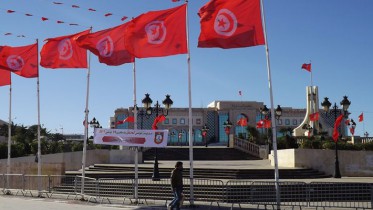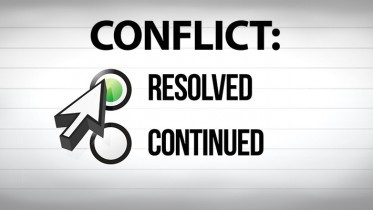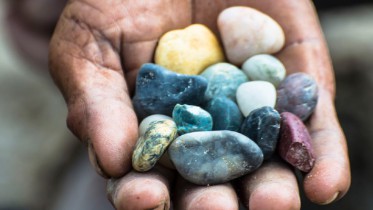- ISSUES IN PEACEBUILDING
The Power of Joint Learning as Strategy for Peacebuilding: Insights from Southern Thailand
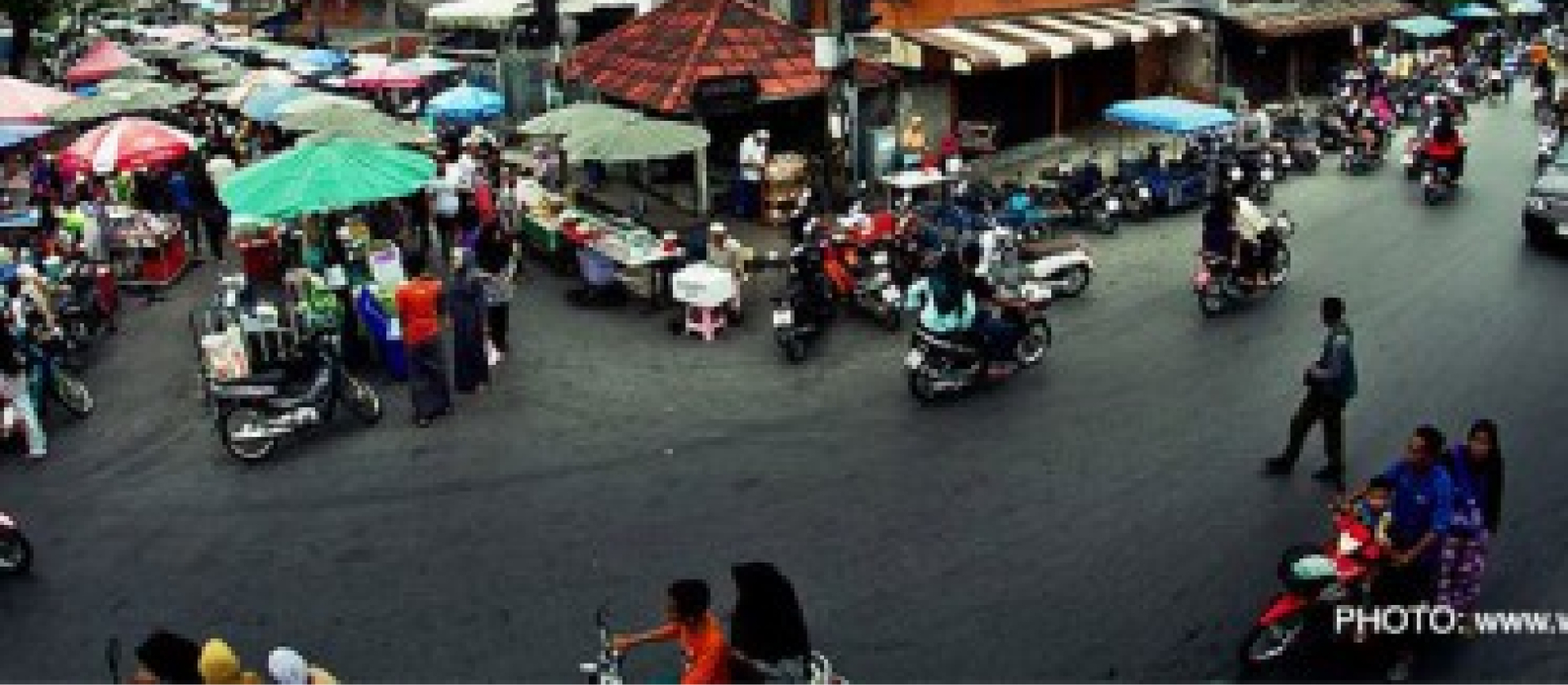
Since the term “peacebuilding” was introduced into the discourses of academics and practitioners working on violent conflicts in the 1970’s, the definition has undergone remarkable changes. At the beginning it was very much focused on the work of civil society organizations working on “peace from below” in contrast to the “peacemaking” from above. From the 1990’s, international organizations and development agencies increasingly used the term to emphasize the holistic character of transforming violent political conflicts. Currently, there is an emerging common understanding that protracted armed conflicts need equally protracted multi-track peacebuilding efforts. In the case of fragile states these efforts should be closely connected with state-building and socio-economic development.
The expansion of the definition of peacebuilding reflects the complexities involved in ending political violence that is deeply rooted in society. But this also implies a risk that some of the basic features of the original meaning of peacebuilding may be sidelined in its course. Simon Fisher and Lada Zimina raised this issue in their essay, “Just Wasting our Time? Provocative Thoughts for Peacebuilders” that differentiated between “technical” and “transformative” approaches to peacebuilding. 1 While this dichotomy may be too simplistic to capture the diversity of peacebuilding practices, it is helpful to underline that genuine transformation requires a serious and sustained engagement by all parties to understand each others different perspectives on their shared conflict.
I am convinced that one core element of effective peacebuilding can be described as joint learning and with this I do not only mean the learning by individuals, but also the learning by organizations, institutions and finally societies at large. Some prefer to call this capacity building rather than learning, but essential is that the capacity building is taking place in a context which makes the participants aware of the relationship with each other and that without some kind of understanding for the perspectives of the other side it will be difficult to transform the conflict. One can also call this empathetic learning.
Another core element of effective peacebuilding is closely connected to learning and capacity building: What are the discourses which frame the efforts to overcome violence and create peace? Are they mainly framed by discussions on insurgency versus counter-insurgency or by problem-solving debates on how to improve justice, equality and collective dignity in the region? Obviously, this is not an either/or questions. There will always be a multiplicity of discourses. But the key issue is, how much public attention, financial and human resources and energy are spent on hard power and security measures in comparison to efforts toward joint problem solving?
Conflict in the Deep South
The peacebuilding efforts in the Deep South of Thailand, respectively in Patani (as many Malay Muslims like to call the region), are a good example for the challenges of peacebuilding in the broader as well as in the more narrow sense. The conflict is one of the internationally less known internal disputes. Although the violence led to more than 6,000 deaths and the injury of more than 11,000 people since 2004, it rarely appears as a topic in foreign media. The reasons are that most of the incidents of violence only affect a relatively small number of victims and perpetrators at any given time, and that there are so far only very few cases of an overspill of the violence to other regions of the country. Nevertheless, the conflict is currently the most violent one in Southeast Asia and even though the number of victims came slightly down in 2014 in comparison to 2013, there are no indications that this conflict will end soon.
As in most other protracted subnational conflicts, the root causes and history of the southern Thailand situation are contested among the parties. The fairest way to engage with this is to acknowledge that the thinking and acting on both sides are very much influenced by their different historical narratives and discourses. The essence of the conflict can best be captured as one of “competing legitimacy”, a term coined in this case by Duncan McCargo, a British political scientist. While the Thai mainstream discourse argues that the region belonged since time eternally to the Kingdom, the Patani-Malay movement argues that their violent annexation is an issue of unresolved colonialism that needs to be rectified.
During the last decade the conflict has seen a few efforts to find some kind of peaceful settlement. Some of them were initiated by the government, others by third parties, but none of them was based on an official acknowledgement that there is a politically driven conflict which needs a political solution. This only happened in February 2013, when the Secretary General of the National Security Council (NSC) and a representative of the Barisan Revolusi National (BRN) agreed on the start of an official peace dialogue with the help of Malaysian facilitation. Since then the peace efforts in the conflict in southern Thailand have taken up a new format, that of a multi-track process, including Track 1. It is still highly fragile and there is no guarantee for success, but there is now the opportunity for transformative learning on all three tracks (Track 1 is the official process that involves the top leaderships of the conflicting parties; Track 2 includes civil society representatives and other leaders, such as religious and business leaders; Track 3 involves the grassroots actors).
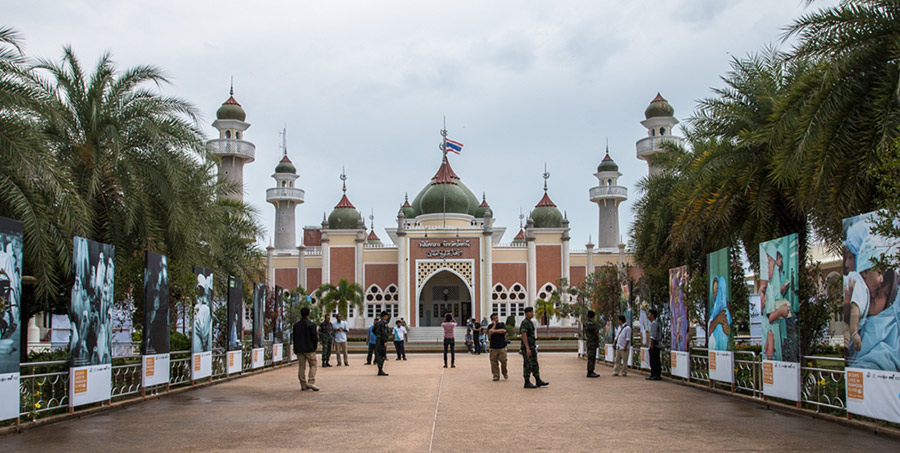
In the following section I would like to analyse the opportunities and challenges of this process with respect to six basic requirements of effective peace processes:
(1) The political will to find a peaceful settlement
The classical test for the political will is the BATNA question: What are the Best Alternatives to a Negotiated Agreement? Before 2013 one might argue that at least on the side of the Thai government the dominant opinion was that addressing the conflict with the classical instruments of securitization, development aid, some administrative concessions, and more recently, restorative justice measures were sufficient to contain the conflict at an acceptable level. To quote the unconvential definition of power as “the capacity not being forced to learn” by the social scientist Karl Deutsch, one could argue that more recently the state is prepared to learn notwithstanding its hard power to contain the situation on the ground. With respect to the Patani-Malay movement organizations, most observers would argue that the willingness of the most relevant BRN to engage depends primarily on how much they can expect to gain relevant political concessions at the end of the process.
(2) The preparedness for respectively the hard work on concessions
One of the characteristics most common in the majority of successful and sustainable peace processes is that both negotiating parties (in the case of two-party conflicts) have made some kind of concessions. These concessions are sometimes discussed before hand within the respective parties, but are not made public to prevent undermining ones own negotiation power. But there are also many cases in which the concessions only emerged at the end of long and sometimes painful negotiation processes—interrupted by phases of re-escalation of the conflict, threats and mutual disappointment. It is in these phases that peace efforts need most the spaces, structures, capacities and skills for joint learning. Some argue that the BRN team which met with the NSC in 2013 had already made one key concession with respect to the acknowledgment of a solution within the Thai constitution, but had received little in exchange for this.
In the Thai case, it is most likely that the negotiations on the political concessions from both sides will come to occupy centre stage when the parties have created sufficient trust and confidence in the process that they can embark upon to identify the parameters an inclusive political settlement. Substantially, these negotiations will very much be a mixture of a joint learning process and an effort to make best use of their relative power vis-à-vis the other.
(3) Inclusivity as requirement and challenge for sustainable peace
Working towards inclusivity of all conflicting parties and affected stakeholders is currently seen as a basic requirement to reduce the number of potential spoilers and to enhance the durability of peace processes and agreements. This is not an easy task because the actors in charge or control of violence claim to be the key actors and decision-makers, but there are many others who claim legitimacy as representatives of people affected from the conflict and the outcome of the peace efforts. As a rule of thumb, it is particularly important to have a broad and deep participation of the public in these processes which can provide them with legitimacy and sustainability.
In Thailand the current government under the control of the National Council for Peace and Order (NCPO) has decided in collaboration with the Malaysian facilitator that this principle of inclusivity should apply to the Patani-Malay movement organizations. The issue of inclusivity on the side of the Thai polity has not been raised so far and might also not be relevant right now, but will come up immediately after an elected government will be in place again. The issue of public participation has not yet been decided from the perspective of the government, but it is obviously of key concern for the people on the ground, for it is here that learning and capacity building have played the most explicit role in their engagement with peace efforts.
(4) Joint learning and capacity building on the individual level
While the general structure and dynamism of the conflict in southern Thailand has not changed considerably over the last decade, there are three developments which have the potential of becoming game changers. First, there are the more effective counter-insurgency strategies which the Thai security agencies have applied in 2007/8 and more recently in 2013/14; second, the Peace Dialogue initiative from February 2013; and, third, the mobilization of civil society activists and movements during the last three to five years.
It is the latter aspect which is particularly relevant in the context of empowering people from different backgrounds to engage with each other to analyse the conflict, to understand each others perspectives as well as the drivers of enmity, and to make best use of the tools which are available to organize this kind of learning effectively. Many civil society organisations (CSOs) have engaged in these efforts. One initiative, which the author is most familiar with, tries to combine the joint learning with efforts to explore and discuss options to promote the peace efforts from the perspective of civil society. It is called the Insider Peacebuilders Platform (IPP). 2 It tries to avoid the pitfalls of pushing these very diverse actors into any kind of coordinated strategy. Instead, it uses the joint learning as an opportunity to nurture a multi-party and multi-partial peace constituency. 3 Another initiative supported by the Sasakawa Peace Foundation is the People’s College. It is an effort to apply the methodology and the tools of independent adult education to the arena of knowledge and skills relevant to effective peace processes and to generate a critical mass of qualified citizens who can act as interlocutors and connectors between parties and communities.
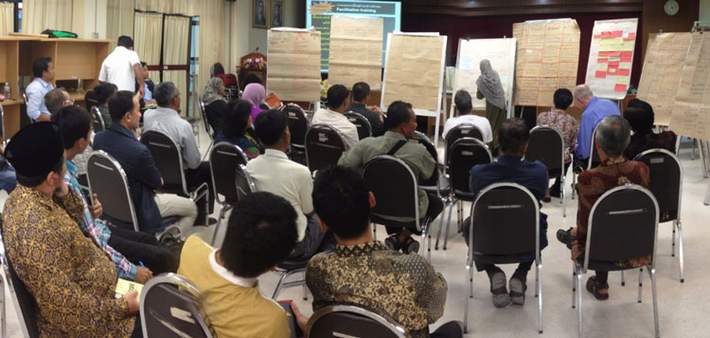
Photo: Berghof Foundation
(5) Learning and capacity building on the institutional and organizational level
Learning and capacity building is not restricted to the skills and knowledge of individuals, being they high-level negotiators or peace activists on the ground. It is also connected to institutions and organizations, particularly those that are directly connected to the conflict, like the security agencies or the resistance movements and their political affiliates. During the last few years people engaged in complex and protracted peace processes have realized that it is helpful to adapt the structures of existing organizations to explore options, manage negotiations and supervise the implementation of agreements. In many cases, new peace support infrastructures have also been created, for example, in the form of joint or separate peace secretariats, for monitoring missions or of multi-partial expert panels.
One key challenge in most asymmetric conflicts is that the non-state actors have more difficulties to organize themselves effectively with respect to their institutional capacities. Often, the majority of their efforts are focused on the armed struggle and their political wings have little experiences in mastering the encounters with the other side or the international community. Only recently, peer-to-peer exchanges with more experienced non-state armed groups have helped to cope better with this challenge.
In the case of Southern Thailand the NCPO-led government has established a new structure composed of three tiers to engage in peace talks with the other side. It offers better chances for a coherent support than the weak structure during the 2013 talks, although its shortcoming is weak inclusivity with respect to the overall polity. But because this government will be in charge of the peace talks only for a limited period, it offers a unique opportunity for the agencies involved to learn about the thinking and reasoning of the other side and to adapt their own strategies accordingly.
For the main Patani-Malay movement organizations, the task of adapting their structures and capacities to the needs of a sustained peace process is even more challenging. They are struggling with the risks of transforming their clandestine structures and to find an effective way to project their political demands and to provide their political wing(s) with knowledge, skills and power of persuasion.
Finally, institutional learning is not only an important task for the conflict parties, but also a challenge for all stakeholders, particularly those actors in civil society who would like to support the peace process effectively. I would like to mention here in particular two initiatives that were generated in the context of the IPP. One relates to the joint establishment of an initiative called the Peace Resource Center, which makes the state-of-the-art knowledge on peace processes available in an effective manner for the people involved in this process. The other one relates to the creation of a Common Space which is an institutionalized, inclusive informal dialogue comprising representatives of all key stakeholders and which serves as a kind of safety net for the official talks. Both are still work in progress, but the IPP activists see them as important contributions for the collective learning of all communities affected.
(6) Initiating and nurturing peace discourses on the level of communities and societies
At the end of the day sustainable peace agreements need the support or at least the toleration by the majority of all communities affected. This is one of the reasons why non-state actors urge in most cases the need to put the peace process on the national agenda and to have the agreement ideally endorsed in the constitution or other binding legal documents. This has often created one of the final hurdles for the political settlement and can delay its conclusion for a long time, as the case of Nepal demonstrates.
An important element for this transformation is the how communities and the media perceive the conflict and peace efforts. The Northern Ireland case has demonstrated that how politicians and other influential persons as well as ordinary people talk about the conflict can have a significant impact on the chances of its transformation. 4 This has led many peace and media activists to the conclusion that it is important to develop and support peace discourses systematically in order to counter the otherwise dominant security-focused discourses in areas of armed conflict. One way of working on this is to organize regular Peace Polls and to publish their results widely and engage with them in the public fora. 5
The peace community and sections of the media, particularly from the alternative and local media in Thailand’s Deep South, have been working on this basis for several years and they have achieved some remarkable results. However, this movement has not reached the mainstream media in Thailand and the Thai Buddhist and Thai Chinese communities in the region have not been sufficiently involved in these discourses, and they remain as challenges.
In conclusion
This article argued that joint learning and capacity building are some of the key ingredients of effective peacebuilding. They are obviously not the only ones. Peacebuilding also needs the political will on both sides for genuine concessions and a sound support from all relevant communities, but the joint learning and capacity building can become triggers to initiate these changes. This is what many peace activists working on the conflict in Thailand’s Deep South aspire for.
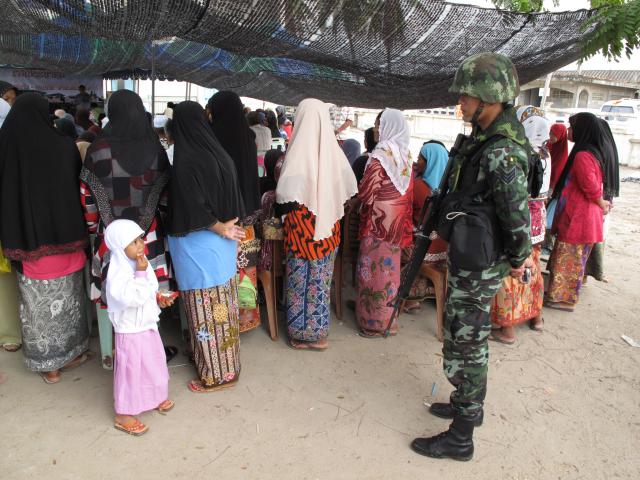
Please visit wewatch.info for more images from Thailand’s Deep South.
Notes:
- Simon Fischer & Lada Zimina: “Just Wasting our Time? Provocative Thoughts for Peacebuilders”, in Beatrix Schmelzle & Martina Fischer (eds): Peacebuilding at Crossroads? Dilemmas and Paths for Another Generation, (Berghof Handbook Dialogue Series 7. Berlin 2009), pp.11 – 35. ↩️
- The IPP comprises the following organizations: Deep South Watch (DSW); the Center for Conflict Studies and Cultural Diversity (CSCD) and the Institute for Peace Studies (IPS), both part of the Prince of Songkla University (PSU); the Office of Peace and Governance, King Prajadhipok´s Institute (KPI); the Institute for Peace and Conflict Studies (CPCS), Chulalongkorn University; the Peace Information Center (PIC), Thammasat University; the Institute of Human Rights and Peace Studies (IHRP), Mahidol University and the Berghof Foundation. ↩️
- Cf Norbert Ropers & Mathus Anuvatudom: “A Joint Learning Process for Stakeholders and Insider Peacebuilders: A Case Study from Southern Thailand”, Asian Journal of Peacebuilding, Vol. 2, No 2 (2014), pp. 143-9. ↩️
- Cf Katy Hayward & Catherine O´Donnell: Political Discourse and Conflict Resolution. Debating peace in Northern Ireland. London: Routledge2011. ↩️
- Cf Colin Irwin, The People’s Peace Process in Northern Ireland. (California: Create Space 2012). ↩️

Dr. Norbert Ropers is a Senior Research Fellow at the Institute of Peace Studies (IPS), and Center for Conflict Studies and Cultural Diversity (CSCD), at the Hat Yai and Pattani campuses of the Prince of Songkla University, Thailand.
Dr. Ropers is also the Program Director, Southeast Asia, of the Berghof Foundation. Find out more about the work of the the Berghof Foundation in Southeast Asia here: http://www.berghof-foundation.org/programmes/southeast-asia/






